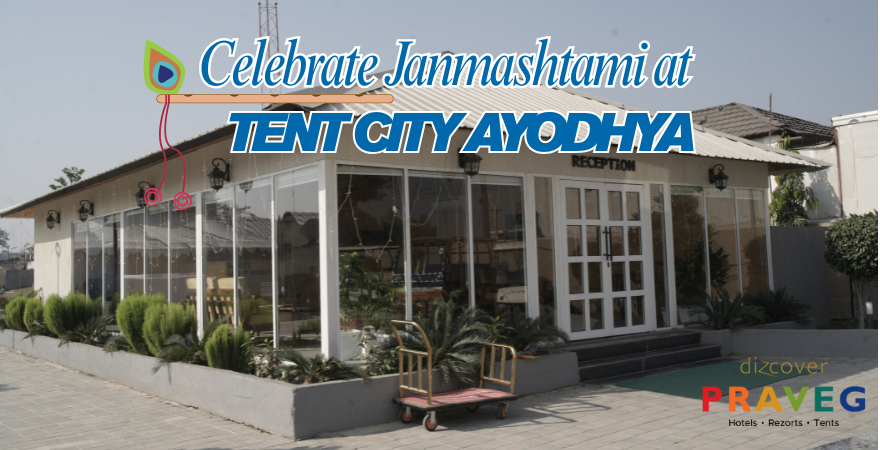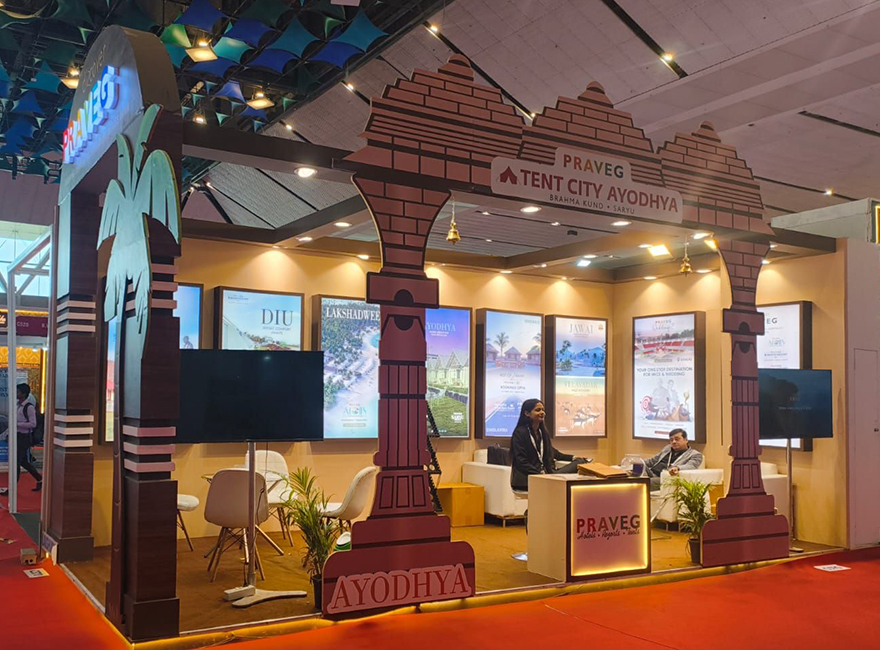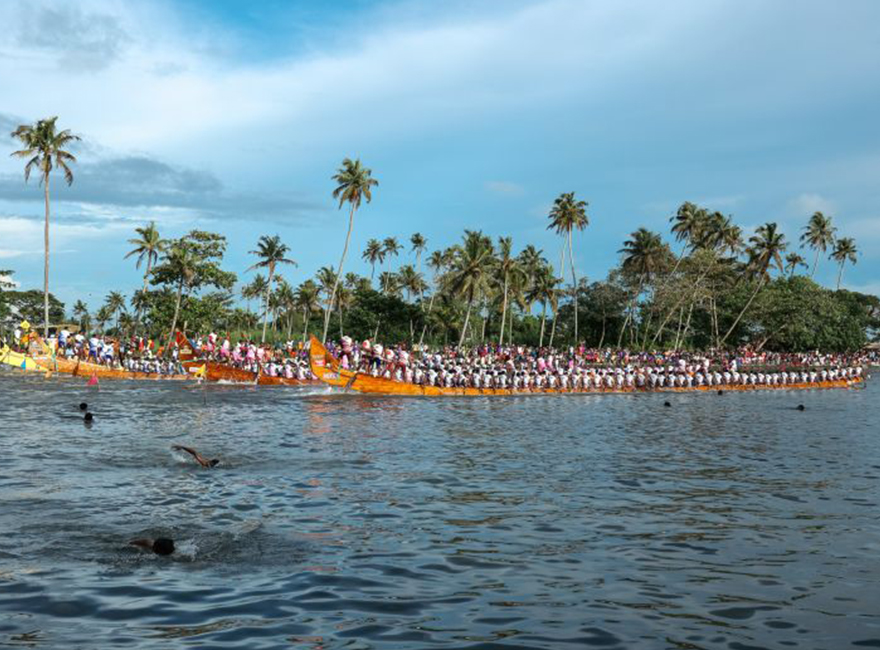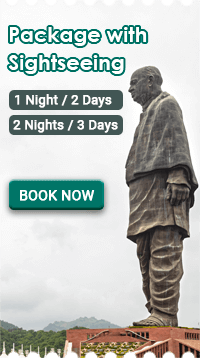Ayodhya, nestled on the banks of the Saryu River in Uttar Pradesh, is one of India's oldest cities and an esteemed spiritual destination. Rich in myth, history, and culture, Ayodhya is known as the birthplace of Lord Rama and is one of the main pilgrimage sites for Hindus.
How Ayodhya Celebrates Janmashtami
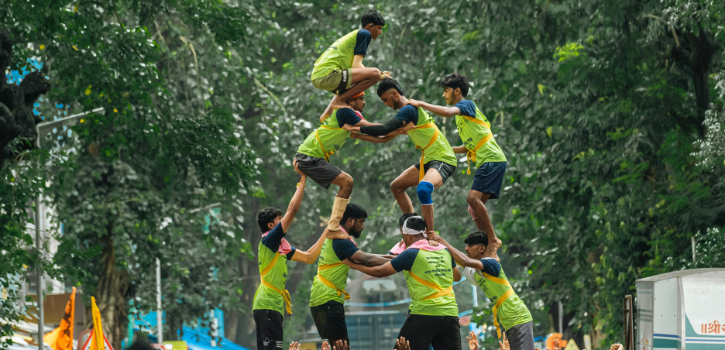
Ayodhya celebrates Janmashtami—the birth of Lord Krishna—with elaborate rituals that help devotees and visitors alike in celebration and devotion. Temples and shrines in the city are elegantly decorated with flowers, lights, and rangolis. Devotees observe a day-long fast, bhajans and kirtans, and gather at midnight to celebrate the hour that Krishna is believed to have been born. The idol of Krishna is placed in cradles, and Krishna Leela—a dramatic retelling of tales about Krishna when he was a child—is performed in temples and homes. Activities like Dahi Handi that are devotional are also organized to encourage devotees to join communities together as they relive the playful nature of Krishna.
What Makes Janmashtami in Ayodhya Unique?
Ayodhya’s Janmashtami celebrations stand out from other famed destinations like Mathura or Vrindavan due to:
- Interplay of Traditions: As the birthplace of Lord Rama, Ayodhya transforms into a spiritual destination. The Janmashtami shows are held at temples like Hanuman Garhi or Kanak Bhawan, and Krishna aartis are done at midnight, which combine Ramayana and Krishna cultural traditions.
- Local Customs: Processions meander through Ayodhya’s historic streets, accompanied by live music, folk dance, and local theatre performances that tell stories unique to Ayodhya’s community.
- Saryu Riverside Rituals: Other than Mathura, which has its Dahi Handi celebrations on the banks of its Yamuna river, Ayodhya has a Saryu river where rituals take place on many of its ghats and its own Dahi Handi celebrations on the riverbanks creates a river-ritual experience.
- Cuisine and Offerings: Ayodhya's Awadhi traditions shows from its distribution of unique local sweets and home-made vegetarian meals that are inspired by the original flavours of Ayodhya region.
- Access to Ram Janma Bhoomi and Saryu Ghat: At Praveg Tent City Ayodhya, you will have guided tours to important sights and other unique Ayodhya tourist experiences and rituals, including the Parikrama, walking around the temple, and Saryu aarti.
The Significance: Why Janmashtami Matters
Janmashtami is the most important Hindu festival celebrated in the divine birth of Lord Krishna, who is one of the most important figures in Indian culture. It is through the teachings of Krishna in the Bhagavad Gita that we find some of the most profound influence on Indian thought and culture. Generally speaking, Janmashtami celebrates themes of devotion, the victory of good over evil, and the bliss that accompanies divine love. Fasting, singing, and celebration can symbolize both the spiritual aspect and the fun aspect of Janmashtami, and that is why Janmashtami is such a beloved and celebrated festival throughout the country.
Did You Know? Interesting Facts about Janmashtami in Ayodhya
- While Ayodhya is best known as the birthplace of Lord Rama, the city adopts a special spiritual stance for Shri Krishna because of how deeply intertwined are its deities and the continuous thread of Hindu tradition.
- Essential temple sites like Hanuman Garhi and Kanak Bhawan have grand aarti at midnight.
- The community involve in theatre/dance/music and weaving through the old neighbourhoods of Ayodhya and welcoming Shri Krishna to their communities.
- People share sweets and distribute Krishna's favourite foods in their homes and at cultural programs to express Krishna's mythological stories.
Celebrate Janmashtami at Praveg Tent City, Ayodhya
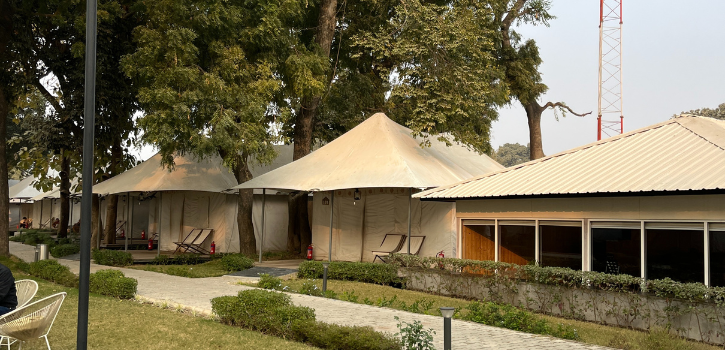
Come join the luxurious experience of Janmashtami at Praveg Tent City Ayodhya, where culture and comfort meet. Praveg Tent City Ayodhya has ensured that guests experience the festival uniquely with well-appointed tents, spiritual activities, and curated temple visits. Guests can expect to pray at midnight, dine on Awadhi food, and observe, all in an immersive and peaceful environment, as devotional music and folk performances take place at the same time. The resort will feature activities with hospitality and celebrations in style, with the community aspect woven into everything, meaning every second stays festive with grace. The resort and its staff are kept calm in their style to allow guests to connect with the spirit of Janmashtami and explore Ayodhya's cultural heritage.
Health, Safety, and Accessibility at Praveg Tent City Ayodhya
Praveg Tent City Ayodhya emphasizes safety and comfort for guests, particularly during busy festivals.
- Safety Features: There are fire extinguishers, security alarms, and 24/7 security guards on the site to promote guest safety and security. Guest rooms and common areas are continually sanitized as standard operating procedures for safety, contactless services are available, and trained staff for health and hygiene; however, safety and security will always be paramount.
- Accessible: Electric golf cart services are available for guests, especially elderly guests and those with mobility issues, to access temples and local attractions. The common tent setups are spacious with accessible paved pathways within the Tent City.
- Extra Support: Free Wi-Fi is available to guests in common areas for connectivity. The site is family-friendly and features a children's play space so everyone can connect with fun and safety.
Conclusion
If you are a pilgrim or inquisitive traveller, a Janmashtami celebration at Praveg Tent City Ayodhya is a chance to experience the divine essence of the festivities in luxury and comfort; while you celebrate in the very presence of the timeless glory of an ancient city— deeply rooted in history where prayers have resonated through time, and where celebrations bring together faith, unity and joy.

